SITUATIONAL AWARENESS
AND
FUTURE OUTLOOK OF KIBWEZI TREE PLANTING PROJECT
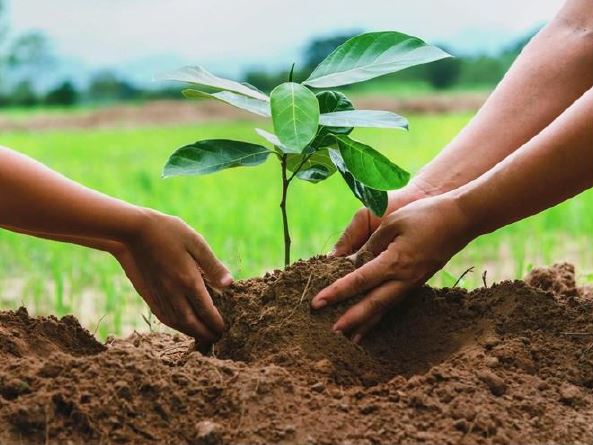
COMBATING CLIMATE CHANGE
A collaborative Project in partnership between:
URAFIKI KENYA NGO AND IRRF –GERMANY
SITUATIONAL AWARENESS
AND FUTURE OUTLOOK OF KIBWEZI TREE PLANTING PROJECT
INTRODUCTION
This project, which was initiated by Urafiki Kenya NGO, is located in Kibwezi Sub–County, South-eastern Kenya. It is an integrated project carried out in partnership with IRFF – Germany. Over the years, the project has: (a) increased the capacity of the community to cope with, adapt and build resilience against climate change shocks; (b) enhanced environmental sustainability and; (c) encouraged ecosystem conservation.
INTERVENTIONS
As far as adopting appropriate technologies and capacity building is concerned, the project has continued to focus on a number of interventions, namely:
(a) Farming of trees was introduced. Trees increase the soil fertility and conservation. Tree nurseries were introduced.
(b) Hands–on field training – this has been critical to the project. It was effective in transferring knowledge. All the in – house trainings have been undertaken at the Kibwezi Resource Centre which is owned by Urafiki Kenya.
(c) Garden demonstrations, field trips and knowledge exchanges were effective in spreading knowledge to other local farmers and allowed them to experiment with new technologies e.g. mango grafting.
(d) Mango farming in Syembeni Location, Kibwezi Sub – County, where the centre is located, was enhanced. Syembeni is a predominately mango producing area; the apple mango varieties are especially plentiful.
(e) Farmers were encouraged to use organic fertilizers – the project has supported, involved and mobilized women farmers in Syembeni. As facilitators, women had the trust of the community.
PARTNERSHIPS WITH SCHOOLS
Apart from the community involvement, the project has expanded to schools. This has been designed to encourage and enable schools in Kibwezi to participate in environmental activities by developing small forests and woodlots within their compounds for multiple benefits. This partnership has raised environmental awareness by encouraging students to improve their environment through a participatory and rewarding initiative.
TREE VARIETIES
Tree growing in Kibwezi is very challenging and demands intensive work and innovation for the trees to survive. The schools plant a variety of exotic and indigenous tree seedlings where major among these are the multi – purpose Senna siamea (Mureshi or Mukengeta) and Melia volkensi (Mukau) tree seedlings on their specially designated 0.5 to 1 acre plots. Mukau is a drought resistant tree and can grow in dry areas with mean average of rainfall of between 400 mm – 1000 mm. It has high commercial value and is used for timber.
Mukau is a fast maturing hardwood tree – dubbed the mahogany of the dry lands – which has multiple uses. Currently, a foot of Mukau costs $1.5 to $2, which is double the price of wood from other species. A recent survey by researchers from Kenya Forestry Research Institute (KEFRI) showed wood products made from this tree costs between 40 to 50 per cent more than those from cypress and pine wood. The wood is durable, termite and decay resistant, can be used in interior paneling, and to make floor tiles, rafters, and frames. It is comparable to Elgon teak or camphor. It requires very little water to grow, and when planted at the onset of the rainy season, it grows on its own. It is proving economically and environmentally viable as it cushions against climate change and provides profitable timber. The Mukengeta variety is a medium – sized evergreen tree that makes good fuel. Its charcoal is also of superior quality.
ENVIRONMENTAL BENEFITS
The sustainable management of the woodlots in schools provides renewable resources of woodfuel, reducing pressure on surrounding vegetation and forest resources. An even higher benefit is the project’s contribution to the reduction of greenhouses gases through carbon sequestration and the control of soil erosion by increasing topsoil infiltration and reducing run-off.
CRITICAL SUCCESS FACTORS
Some of the critical success outcomes that the project has imparted in the county include:
(a) Promotion of a tree planting culture;
(b) The successful tree planting culture has led to the mastering of fundamentals of patience and long-term vision. It has become an all-round educational activity;
(c) Proud to be one of the possible solution contributing towards the commitment of 10 per cent tree cover that Kenya made during COP 21;
(d) Securing the interests of future generations in light of the challenges of rapid urbanization and environmental degradation;
(e) Planting trees in schools and nurturing them to develop woodlots;
(f) Capacity building that has equipped the students with the necessary skills and information on how to participate and manage the afforestation initiative.
FUTURE OUTLOOK OF THE PROJECT
This outlook is based on the 5 years Strategic Plan developed by Urafiki Kenya that runs from 2025 to 2029. Its vision is premised on several benchmarks and milestones to be achieved:
Monitoring and evaluation research –
This activity was undertaken in 2024 to appraise and review the progress made within the last five (5) years. The activity involved thirteen (13) participating schools that are spread across the Kibwezi project area as presented in Table 1.
Table 1. Monitoring and evaluation activity carried out for the Kibwezi Tree project program within the last 5 years
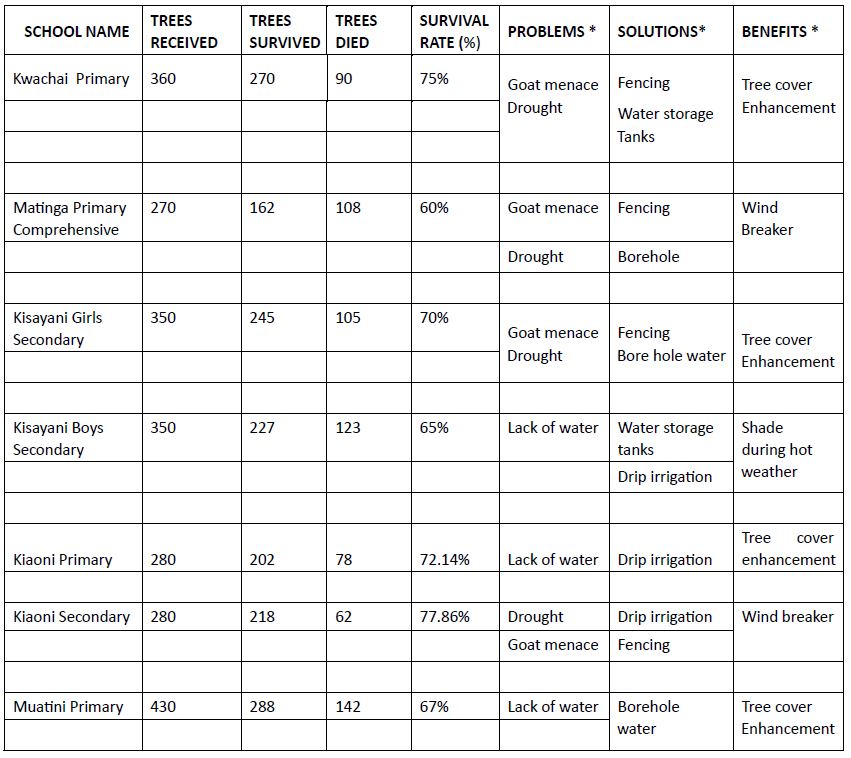

NB*: Problems, Solutions and benefits were response answers received from the questionnaires distributed in the schools indicated above
It can be deduced from Table 1 that despite the arid climatic nature of the project region, the overall average survival rate of the planted trees in participating schools was about 70%. Certainly more innovative efforts need to be done to address the constraining tree survival problems associated with the goat-feed menace – by fencing the woodlots – and acquisition of storage water tanks to mitigate against the prevalent and common drought weather. The three outstanding schools among the thirteen participating schools that sustained tree survival rates of 75 % and above were Achievers Academy (78%), Kiaoni Secondary school (77.6%), and Kwachai Primary School (75%). Some of the major benefits the schools noted from the tree planting activities were incidences where trees act as excellent wind breakers in their compounds, availability of shades during the sunny hot weather, and the serene tree cover environmental enhancements.
Enhanced school partnership and collaborations:
Urafiki Kenya envisages to involve more schools in this project as a future endeavour. This is borne out of the successful partnership so far, and the fact that students will help deliver Urafiki Kenya’s development long-term vision. Young talent gives Urafiki Kenya a great springboard for success because these individuals will always find ways to innovate for the future in a way that is exciting and promising. This indeed is a game-changing approach of empowering young people in driving change. The power of young people in driving change across many issues is well known. The youth across board want to be part of something meaningful that have direct impact. Their connectedness, their collaboration and their sense of community are ideals that will certainly make a big difference – see Figure 1.
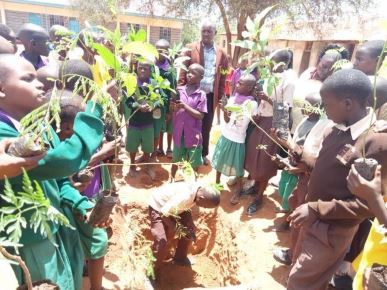
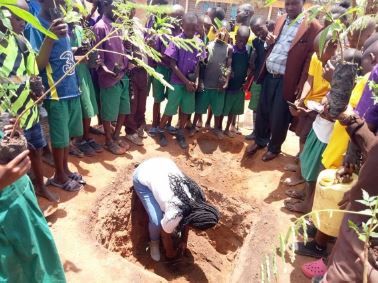
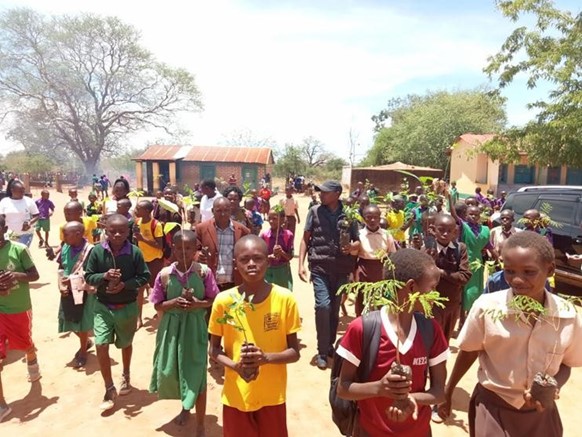
Figure 1. The participatory approach of engaging youth in tree planting activities is an exciting and promising innovation in management of climate change issues.
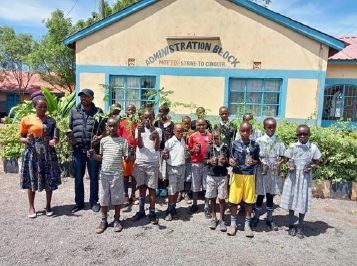
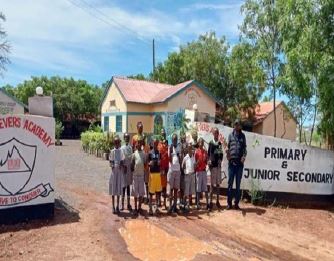
Figure 2. Participating youth representatives from Achievers Academy, Kibwezi project area.
Gender Inclusivity
Urafiki Kenya looks forward to working with 25 women groups across Kibwezi Sub – County. This is because they are more vulnerable to climate change and also constitute the majority of the world’s poor. In addition, women are more dependent on trees that are threatened by climate change for their livelihoods. These threats include reduced access to food, declining biodiversity, and reduced availability and quality of freshwater. Women are not only keen on obtaining information on tree planting, but they feel empowered through it. Women empowerment is measured in terms of increased access to information and their ability to utilize it. It is largely measured in terms of behavioural change. Increase of knowledge encourages their participation in decision-making that makes them sensitive towards climate change. Through Urafiki Kenya’s gender transformative approach, tree planting activities will strengthen women resilience, their accumulation of productive assets and food stocks as well as increased adaptive knowledge that will enhance their solidarity and reinforce their confidence. As a result of this project, women are better prepared for future climate shocks and ready to assume leadership roles in the community.
The availability of woodfuel and water due to increased tree cover has freed women from the drudgery of spending excessive time in fetching firewood and water for domestic purposes. This free time is now meaningfully utilized in other income – generating activities like basket, carpets and mats – making as demonstrated in Figure 3a and Figure 3b.
The funds generated are channelled to Village Savings and Loans Associations programs and other table–banking activities that have assisted these women to establish enterprise-based businesses. These have strengthened and diversified their livelihoods.
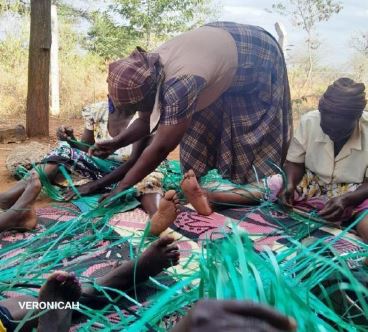
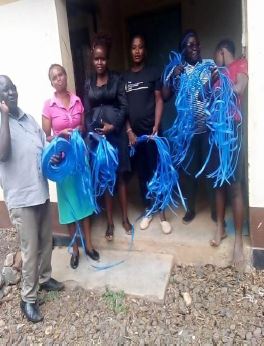
Figure 3a. The weaving of mats and baskets by a local women group at Syembeni.

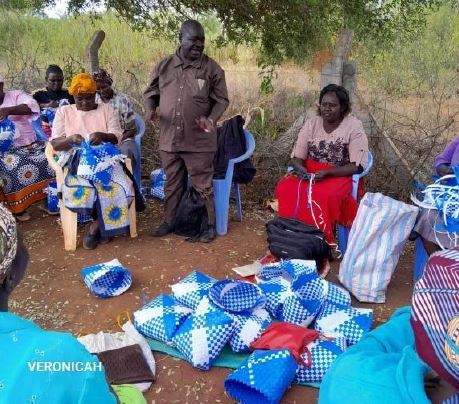
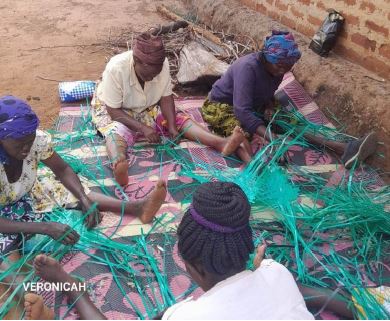

Figure 3b. Economic empowerment through basket and carpet weaving activity by a local women group at Syembeni.
Artificial Intelligence (AI) adoption:
Urafiki Kenya plans to integrate AI technologies in its tree planting activities. This is a game–changer for enhancing data–driven decision–making and optimizing resource allocation. As more successful AI – driven initiatives are showcased and tangible benefits become evident, the acceptance and adoption of AI in tree planting is likely to increase, fostering sustainable practices and conservation efforts.
This is further reinforced and amplified by the fact that, going forward, Urafiki Kenya is envisaging to integrate the youth who are naturally tech-savvy.
Table 3. Integration of Data driven AI initiatives in Tree planting activities
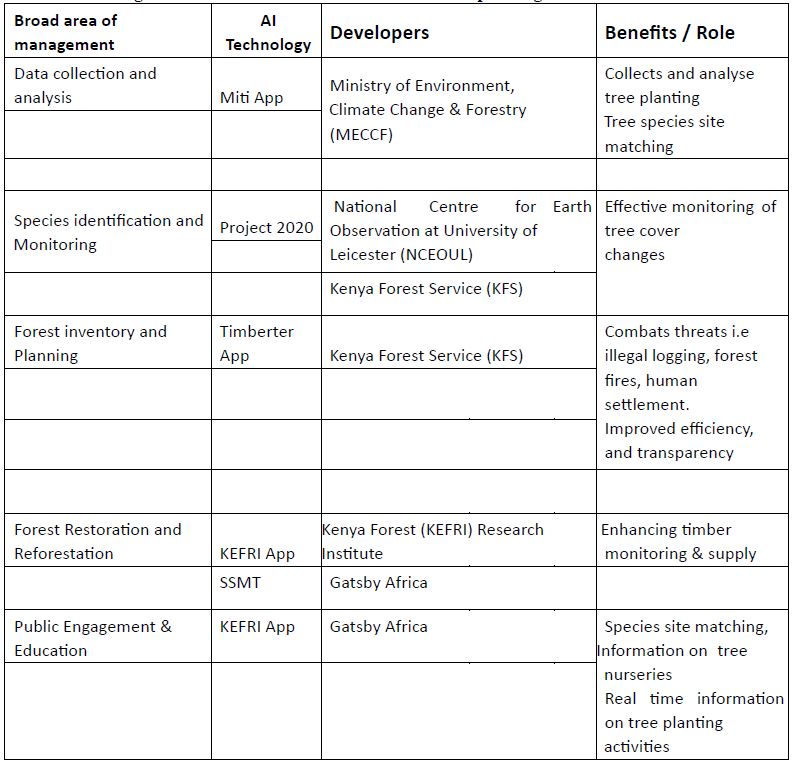

Increase tree cover acreage:
Urafiki Kenya aims to increase the total tree cover in Kibwezi to 160 acres through 424,382 tree seedlings and 153,956 fruit seedlings.
Potential future partnerships and collaborations:
Going forward, Urafiki Kenya will reach out to establish and strengthen linkages with the following organizations:
(i) Makueni County Government.
(ii) Ministry of Environment, Climate Change & Forestry.
(iii) National Centre for Earth Observation at University of Leicester, UK.
(iv) Kenya Forest Service.
(v) Kenya Forest Research Institute.
(vi) Gatsby Africa.
(vii) Better Globe Forestry, Germany.
Innovativeness and creativity
Survival rates of the project trees will be based on seedlings growth, survival numbers and size, efforts, innovativeness and creativity. Innovativeness will be based on increased fencing, use of drip irrigation, strong teamwork and ownership, application of manure, intercropping, mulching, etc.
Sustainability:
Some of the sources that will sustain the project activities on a long term projection will come from
(i) Proceeds from the sale of timber will be ploughed back to the project.
(ii) The grass growing under the trees is a secondary source of income that, when harvested, is sold to livestock farmers during the dry season.
(iii) Urafiki Kenya will utilize the Kibwezi Resource Centre as a training centre where participants will pay for all training offered.
(iv) Sale of tree seedlings from tree nurseries will create additional income for Urafiki Kenya.
(v) Collaboration with other development partners and government support systems
Overall, this project is not only environmentally sustainable but also financially feasible. It is hoped that it will sustain itself in the long-term future.
Comments are closed